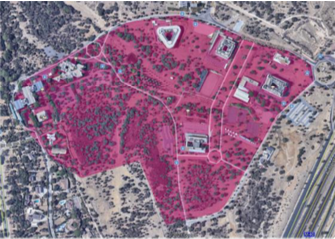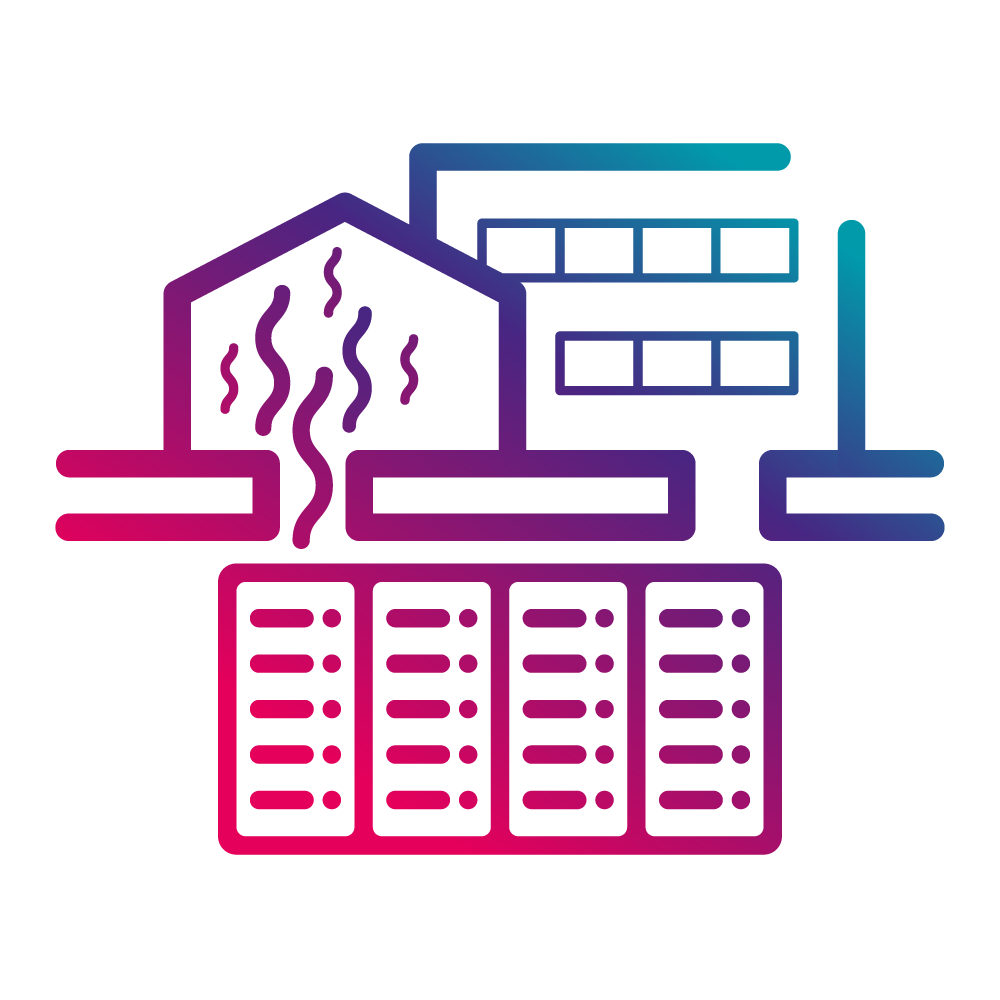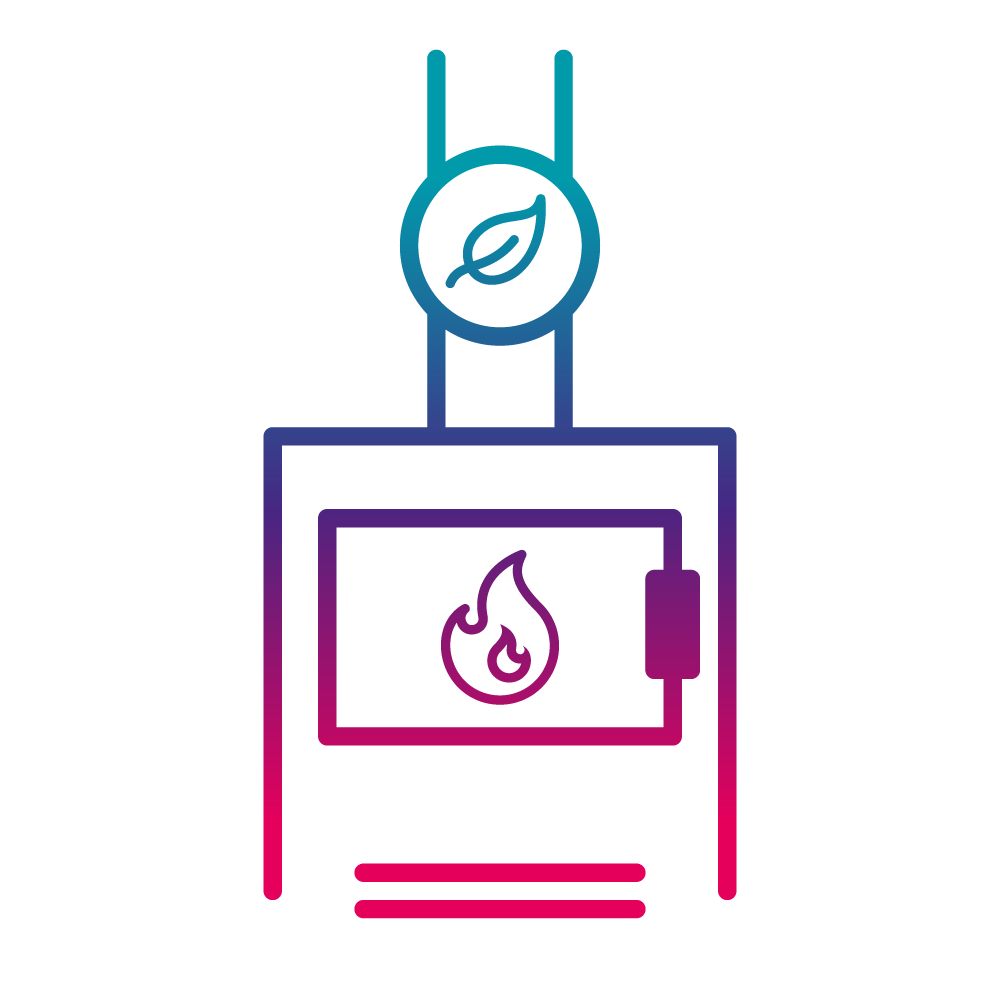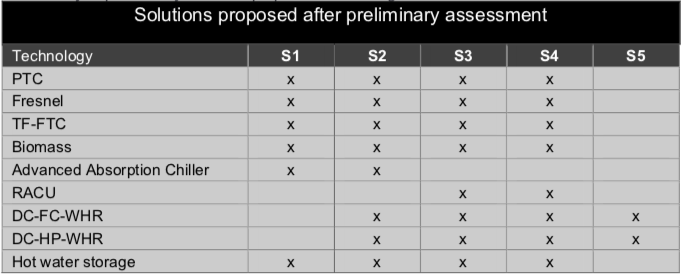Context
The Montegancedo Campus is a recent development campus belonging to the Polytechnic University of Madrid (UPM), located in Pozuelo de Alarcón (Madrid, Spain).
Pozuelo de Alarcón has a high potential for solar energy harvesting, with an annual direct nominal irradiation of 2,053 kWh/m2/year, which would be suitable for Concentrated Solar Power.
Madrid has a consolidate biomass market, with prices of pellet and wood-chip according to the last 2020 semester report of IDAE were around 0.039 €/kWh and 0.025 €/kWh, respectively.

The geothermal potential expected in Montegancedo Campus is about 35-50 W/m2, which will depend on the specific characteristics of the soil, that will also define the feasibility of drilling.
The Campus de Montegancedo contains a data centre, which presents a potential sources of waste heat.

Pozuelo de Alarcón does not present relevant hydro and wind potential.

Currently, the buildings at Montegancedo campus are supplied by individual systems and draw electricity from the grid.
Without an existing district heating network and with available land, the Montegancedo Campus demo-follower is flexible in the design for the generation plant. However, the buildings are already operating, hence the network has to adapt to the emitters used in the buildings and little intervention on the buildings design can be planned.
Area
Currently, the Campus is composed of six buildings, which include the School of Software Engineering (ETSI), a Sport Facility and four research buildings. Among these, two are of special interest because of their high energy consumption:
- the Super-Computation and Visualisation Centre of Madrid (CESVIMA) with its data centre,
- the Centre of Biotechnology and Genomics of Plants (CBGP) with its greenhouses.
The area consists of approx. 480.000 m2 with an annual direct nominal irradiation (DNI) of 2,053 kWh/m2/year.

Montegancedo Campus layout
Energy demand
The energy consumption of the buildings in the Montegancedo Campus follows the usual profile of buildings driven by thermal comfort demands. Gas consumption is high in winter and nearly non-existent in summer. Electricity consumption is almost stable along the year with a peak in summer. This is related to a fairly constant use of the building with lighting and equipment consumption, with a peak in summer due to the operation of chillers for air-conditioning.
The most interesting features of this case are the presence of the Super-Computation and Visualisation Centre of Madrid (CESVIMA) and the Centre of Biotechnology and Genomics of Plants (CBGP) Buildings:
CESVIMA contains a big data centre characterised by a high electricity consumption, which can be seen as potential waste heat recovery source.
CBGP has high energy consumption for heating, cooling, and lighting due to the greenhouses.
Finally, Montegancedo Campus is still growing, and it has available land for installing a generation facility.
Proposed technologies

Waste heat recovery of data centres
Waste heat recovery from the chiller condenser with booster heat pump. Waste heat recovery from the chiller condenser with FC.

Advanced Absorption chiller
Main supply of cooling with solar driven heat.

Solar technologies
Main heat source of the generation plant for RES district heating.

Hot water storage
Optimised water storage sized for acting as solar buffer, considering seasonal energy storage.

Biomass boiler
Biomass boilers installation for covering peak loads.

Renewable air-cooling unit (RACU)
integrated in buildings.
Proposed solutions
The main goal is to demonstrate that DHC can supply heating and cooling in a more feasible way from an economic and environmental point of view than the current individual systems. Special focus will be drawn to the advantages of waste heat recovery from the data centre.
The combination of the different technologies generates five main solutions which will be studied in the next steps (other solutions might arise during the activity):

Solution 1
This combination represents the usual four pipes renewable district heating and cooling network, using solar energy as main heat source, biomass boilers for peak demand, and absorption chillers for cooling demand.
Expected Impact
100 % RES district heating and cooling network
Reduction of the primary energy and CO2 emissions
compared with the existing individual systems.
Maximised solar resource
Solution 2
This combination represents a version of solution 1, which integrates the waste heat recovery from the data centre.
Expected Impact
100 % RES district heating and cooling network
Reduction of the primary energy and CO2 emissions
compared with the existing individual systems.
Maximised solar resource
Reduced size of generation plant
due to part of the heat demand covered by the data centre waste heat recovery.
Solution 3
The proposed solution is a variation of the planned setup using fuel cell technology to deliver power and heat to the residences, and possibly new offices and businesses, combined with an air-to-water heat pump to deliver cooling, and possibly hot water.
Expected Impact
100 % RES district heating and cooling network
Reduction of the primary energy and CO2 emissions
compared with the existing individual systems.
Maximised solar resource
Reduced network investment cost
Solution 4
This combination represents a version of solution 3, which integrates the waste heat recovery from the data centre.
Expected Impact
100 % RES district heating and cooling network
Reduction of the primary energy and CO2 emissions
compared with the existing individual systems.
Maximised solar resource
Reduced network investment cost
Reduced size of generation plant
due to part of the heat demand covered by the data centre waste heat recovery.
Solution 5
The supercomputing centre in CEVISMA is high electricity consumer and source of waste heat at low temperature, while the greenhouses and laboratories in the CBGP is high heating and cooling demand. A micro-grid is proposed as a solution for waste heat recovery and industrial collaboration, with the data centre providing heat to provide heating and cooling to the CBGP.